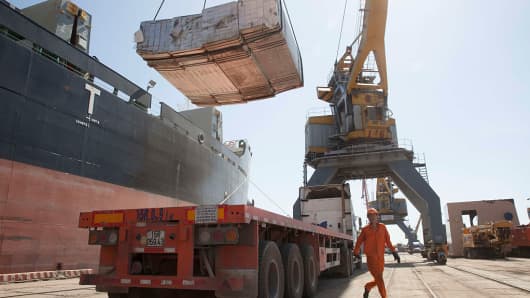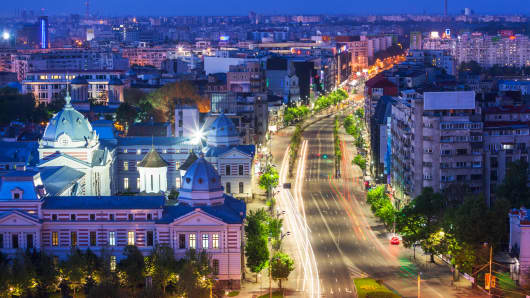Emerging market equities were mostly wrong-footed by the US presidential election result. If President-elect Donald Trump follows through on his pledge to scrap certain trade and regulatory agreements, free trade and emerging markets could suffer.
In this highly uncertain environment, it's key to focus on the emerging economies' domestic drivers which will shape this so-called new world order.
Since the BRICs acronym was coined over a decade ago, it has gripped investors and news headlines alike. But with the traditionally perceived growth engines of Russia and Brazil in the midst of various phases of recession, as well as fundamental policy overhaul taking place in China, investors need to find pockets of opportunity in other frontier markets: Time to introduce VARP.
VARP – Vietnam, Argentina, Romania and Pakistan – represents a collection of geographies, languages, histories and business cultures with one thing in common: they each offer major growth opportunities. The VARP economies are characterized by strong economic growth, all within the 3 percent-6 percent range, with a young demographic of workers keen to spend money.





